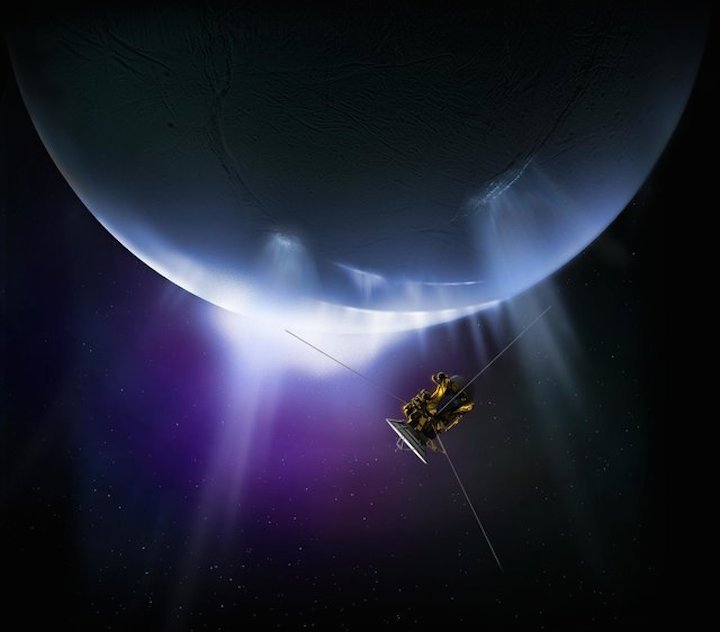In 2005, NASA’s Cassini spacecraft identified geysers on Saturn’s moon Enceladus that were blasting plumes of ice and vapor into space. Now a new study suggests that the secret to these geysers lies in Enceladus’s core — and that related hydrothermal activity may have existed long enough to allow life to arise on the icy moon.
Enceladus is famous for displaying dozens of erupting geysers at the south pole, in view of the Cassini spacecraft, which was in the system between 2004 and 2017.
Scientists originally theorized that the tidal forces of Saturn on the small moon caused the dozens of erupting geysers around its south pole, but later calculations testing this idea showed that the water would have frozen over within 30 million years. (The solar system is over 4.6 billion years old.)
To keep the water flowing, “an abnormally high heat power (more than 20 billion watts) is required, as well as a mechanism to focus endogenic [below-surface] activity at the south pole,” the authors of the new study write in the journal Nature Astronomy. The research was led by Gaël Choblet, a University of Nantes researcher in France who specializes in planetary interiors.
RELATED: Saturn's Ice Moon Enceladus Might Be Capable of Supporting Life
The research team suggests that the additional heat could be generated from tidal friction inside the core, which they described as rocky and unconsolidated, meaning that the core is loosely held together. This porous core allows water to move up in narrow, hot columns that burst through hotspots on the seafloor. The model further shows that the activity could continue for at least a few tens of millions of years, and perhaps billions of years.


